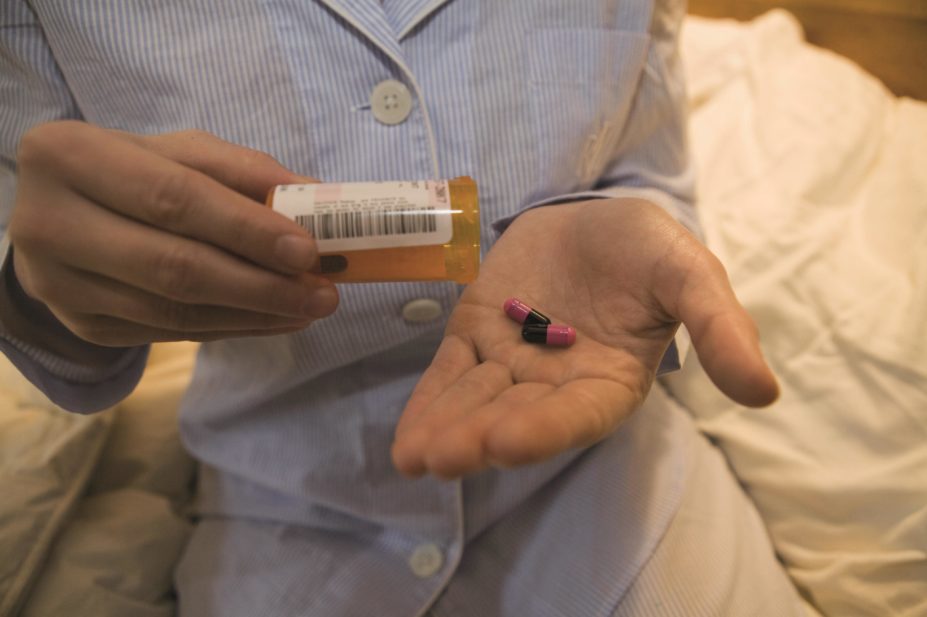
age fotostock / Alamy
Taking more than one course of some antibiotics is associated with an increased risk of developing type 2 diabetes, according to research published in the European Journal of Endocrinology
[1]
on 25 March 2015.
Researchers, led by Yu-Xiao Yang, of the University of Pennsylvania, looked at cases of patients with type 2 diabetes and the number of courses prescribed to them for the seven most common groups of antibiotics in the year before their diagnosis was confirmed.
The researchers suggest that changing levels and diversity of gut bacteria could explain the link between antibiotics and diabetes risk.
Using the UK’s Health Improvement Network Patients database, the researchers selected the medical records of 208,002 patients who were diagnosed with type 2 diabetes and matched them to 815,576 cases who were not diagnosed with the disease according to age, sex and their registered GP practice. They took into account potential confounders such as other chronic conditions, body mass index and whether patients were smokers.
The researchers observed an increased risk of developing diabetes with all groups of antibiotics, with the highest risk observed with previous exposure to more than five courses of penicillin (adjusted odds ratio [OR] 2.12, 95% confidence interval [CI] 2.08–2.17).
Patients who had between two and five antibiotic courses of penicillin, cephalosporins, macrolides and quinolones had an increased risk of developing diabetes (ORs ranging from 1.08, 95% CI 1.05–1.11, for penicillin to 1.15, 95% CI 1.08–1.23 for quinolones).
The diabetes risk increased with the number of antibiotic courses and reached a peak for more than five courses of quinolones (adjusted odds ratio 1.37, 95% CI 1.19–1.58).
A single antibiotic prescription more than a year before diagnosis was not associated with a higher risk of developing the disease.
“Our observational study didn’t include information regarding the microbiota composition of cases and controls and thus cannot infer causality,” say the researchers. However, they note that changes in the composition of microbiota have been demonstrated for a range of pathologies, including obesity, insulin resistance and diabetes. “And since earlier studies showed antibiotic exposure as a risk factor for obesity, our results may support a possible hypothesis that change in the gut microbiota secondary to antibiotic exposure increases diabetes risk,” they suggest.
Kevin Frost, antibiotic lead pharmacist at Airedale NHS Foundation Trust in West Yorkshire, says the research is noteworthy and highlights the importance of using antibiotics only when they are clinically needed and preferring narrow-spectrum antibiotics over broad-spectrum ones.
Frost suggests that further research is needed to determine whether the increased risk is due to the antibiotic therapy alone or to factors relating to underlying conditions that may predispose the patient to infection or to factors causing patients to multiple infections within a relatively short time.


